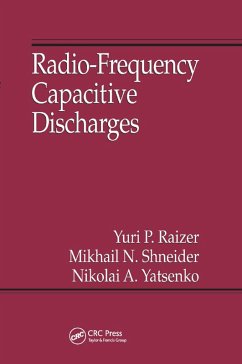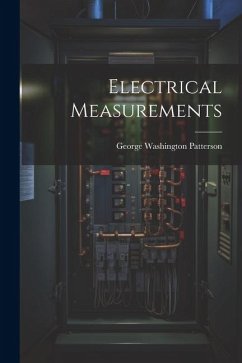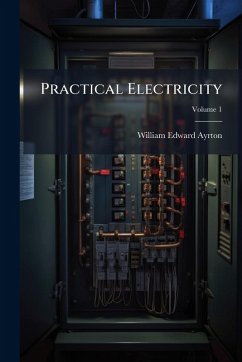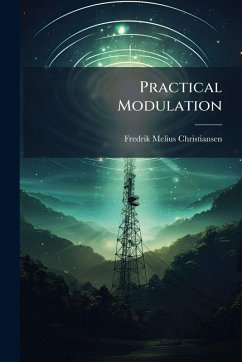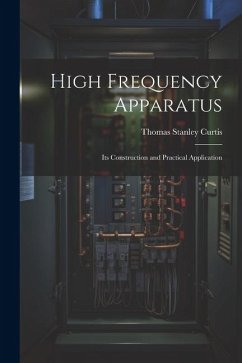
Investigation of Frequency-Domain and Time-Domain Free-Space Material Measurements
Versandkostenfrei!
Versandfertig in über 4 Wochen
15,99 €
inkl. MwSt.
Weitere Ausgaben:

PAYBACK Punkte
8 °P sammeln!
Electromagnetic material characterization is the process of determining the complex permittivity and permeability of a test sample. The primary goal of this thesis is to develop a new two transmission material measurement method to decrease the error associated with using a reflection measurement. The transmission method uses a sample transmission measurement and a acrylic backed sample transmission mea- surement. This technique is first demonstrated in a rectangular waveguide system then extended to frequency-domain and time-domain focus arch free-space systems. Most free-space systems consis...
Electromagnetic material characterization is the process of determining the complex permittivity and permeability of a test sample. The primary goal of this thesis is to develop a new two transmission material measurement method to decrease the error associated with using a reflection measurement. The transmission method uses a sample transmission measurement and a acrylic backed sample transmission mea- surement. This technique is first demonstrated in a rectangular waveguide system then extended to frequency-domain and time-domain focus arch free-space systems. Most free-space systems consist of transmit and receive spot-focusing horn lens antennas and a network analyzer (NWA). A six step procedure is used to extract the material characteristics using the NWA. The data is measured (1) using the NWA then it is frequency windowed (2) to knock down the sidelobes that appear in the time-domain after the data is transformed. Once transformed (3) to the time-domain the data is time gated (4) to eliminate multiple reflections between the antennas and sample. The data is transformed (5) back into the frequency-domain for extraction (6) of permittivity and permeability using a Nicolson-Ross-Weir (NRW) method and two transmission method. Windowing and transforming the data, steps two and three, decreases accuracy at the band edges. The use of a digital oscilloscope with a time-domain reflectometer (TDR) module should increase accuracy by removing the windowing and transforming operations. This work has been selected by scholars as being culturally important, and is part of the knowledge base of civilization as we know it. This work was reproduced from the original artifact, and remains as true to the original work as possible. Therefore, you will see the original copyright references, library stamps (as most of these works have been housed in our most important libraries around the world), and other notations in the work. This work is in the public domain in the United States of America, and possibly other nations. Within the United States, you may freely copy and distribute this work, as no entity (individual or corporate) has a copyright on the body of the work. As a reproduction of a historical artifact, this work may contain missing or blurred pages, poor pictures, errant marks, etc. Scholars believe, and we concur, that this work is important enough to be preserved, reproduced, and made generally available to the public. We appreciate your support of the preservation process, and thank you for being an important part of keeping this knowledge alive and relevant.




